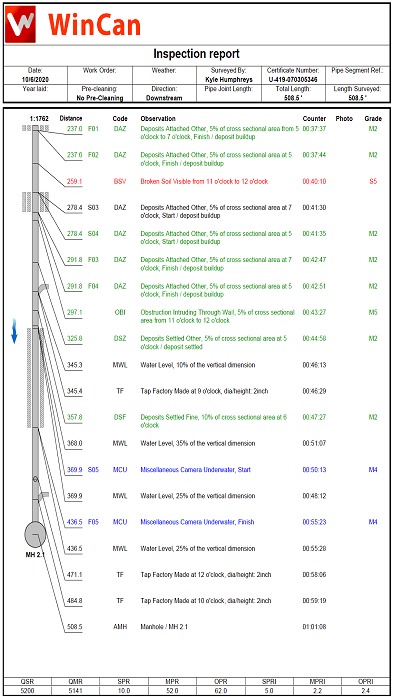Asset Management
Sewer Network Trenchless Repair.
Sewer Network Trenchless Repair
⦁ Conduct a comprehensive inspection of the sewer network using inspection technologies like CCTV cameras to identify the extent and nature of the damage.
⦁ Evaluate the condition of pipes, including the material, diameter, length, and location of the damaged sections.
⦁ Determine the feasibility of trenchless repair methods based on factors such as access points, ground conditions, and regulatory requirements.
⦁ Choose the most appropriate trenchless repair method based on the specific characteristics of the damaged sewer pipes.
⦁ Common trenchless techniques include cured-in-place pipe (CIPP) lining, pipe bursting, slip lining, and pipe reaming. Each method has its advantages and limitations depending on the situation.
⦁ Develop a detailed repair plan outlining the sequence of activities, materials required, and safety measures to be implemented.
⦁ Obtain necessary permits and approvals from local authorities and regulatory agencies.
⦁ Coordinate logistics such as equipment procurement, crew scheduling, and site preparation.
⦁ Clear the work area of debris, vegetation, and other obstacles.
⦁ Establish proper safety measures to protect workers and the surrounding environment.
⦁ Set up traffic control measures if the repair site is located in a public area to ensure the safety of pedestrians and motorists.
⦁ Implement the chosen trenchless repair technique according to the established plan.
⦁ For CIPP lining, prepare the liner material, invert it into the damaged pipe, and cure it in place using steam, hot water, or UV light.
⦁ For pipe bursting, insert a new pipe into the damaged one and use hydraulic or pneumatic forces to fracture the existing pipe and pull the new pipe into place.
⦁ Ensure proper alignment, sealing, and quality control throughout the repair process.
⦁ Post-Repair Inspection and Quality Assurance:
⦁ Conduct a final inspection of the repaired section to verify the integrity and functionality of the sewer line.
⦁ Use inspection tools to confirm the absence of leaks, structural defects, or other issues.
perform any necessary adjustments or remedial actions to ensure the long-term effectiveness of the repair.
⦁ Restore the work area to its original condition by filling trenches, repairing landscaping, and restoring surface materials.
⦁ Dispose of any waste materials in accordance with environmental regulations.
⦁ Conduct a thorough cleanup to remove debris, equipment, and any other remnants of the repair activities.
⦁ Document all aspects of the trenchless repair project, including pre-repair assessments, repair techniques used, quality control measures, and post-repair inspections.
⦁ Prepare a comprehensive report summarizing the project findings, outcomes, and recommendations for future maintenance or repair efforts.
⦁ Provide clients with detailed reports and updates on the status of the repair project.
⦁ Address any questions, concerns, or feedback from the client promptly and professionally.
⦁ Maintain ongoing communication to ensure client satisfaction and foster long-term relationships.
